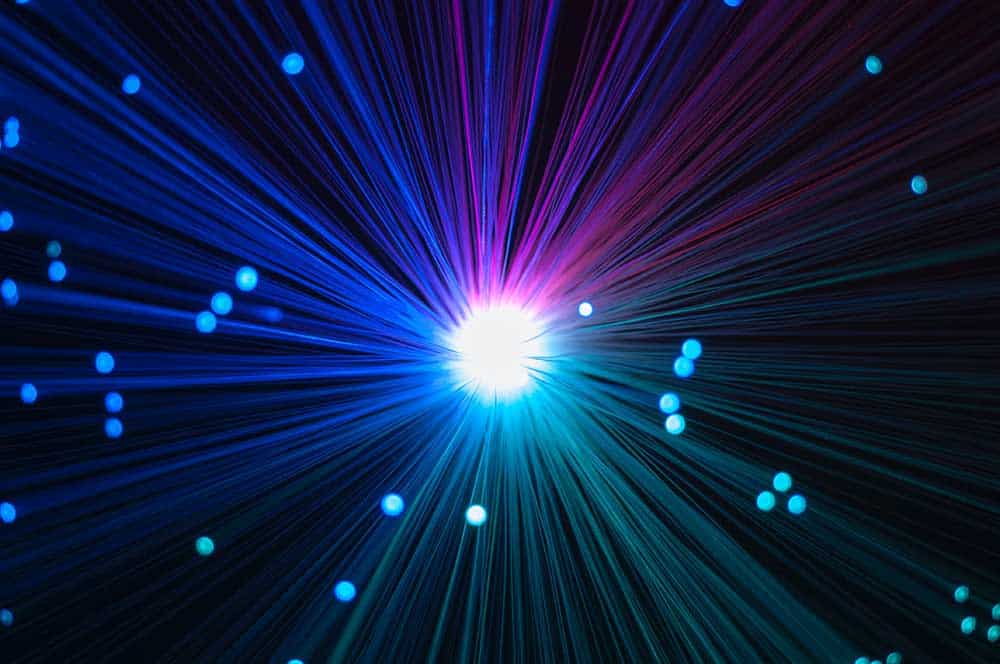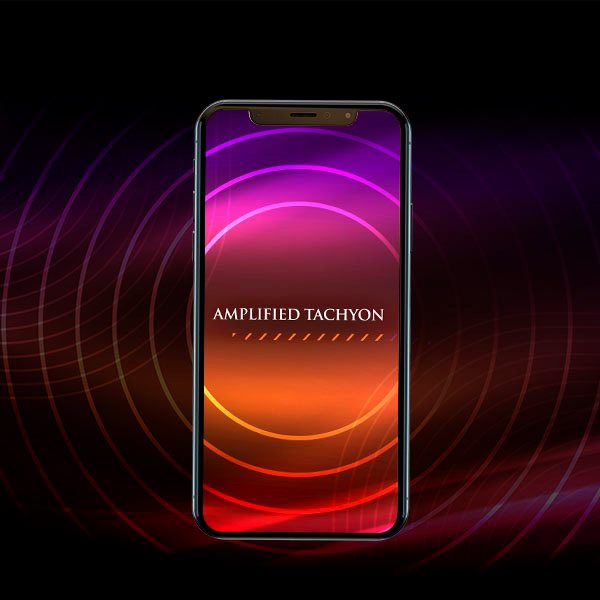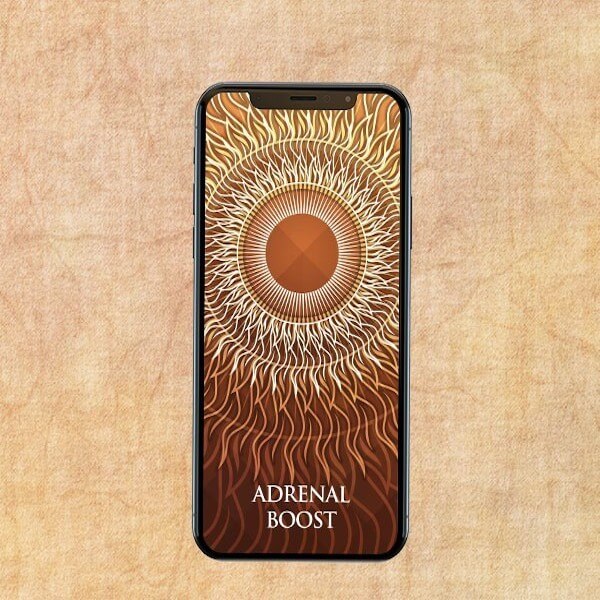
Tesla’s Tower – Part 2: Its Genesis and Operation
The Tesla Tower, also known as the Wardenclyffe Tower, was designed by electrical wizard Nikola Tesla in 1901 with the intention of transmitting messages across vast distances wirelessly. He had theorized that electromagnetic signals could be conducted by the Earth itself and performed various experiments confirming his theory.
One year previous to Tesla’s design, Guglielmo Marconi filed a U.S. patent for radio technology that was initially declined due to being too similar to Tesla’s published work. Three years later Marconi’s patent was accepted, though not without controversy. Tesla himself recognized 17 of his own patents contained within Marconi’s design. Nonetheless, Marconi was awarded the Nobel Prize for inventing radio in 1911.
After being funded by John Pierpont Morgan, Sr. and agreeing to build his tower to precise specs, Tesla decided to extend the size of his tower in order to better compete with Marconi’s telegraph system, which used radio signals. Tesla’s ambition with this addition was to transmit wireless electricity through the Earth.
The issue with Tesla’s decision, however, was that he apparently made it without first conferring with his primary backer, J. P. Morgan. According to Marc Seifer, author of “Tesla: Wizard at War: The Genius, the Particle Beam Weapon, and the Pursuit of Power,” after extending the height of his tower and running out of money before its completion, Tesla asked Morgan for more funding, which Morgan refused.
While the literature chalks Morgan’s refusal for further funding up to an inability to put a meter on a wireless electrical system, Seifer writes that it would have been possible to monetize the system using other means. The success of television and radio, for example, demonstrate the possibility of successful monetization of a wireless service for which the end users do not directly pay.
Seifer goes further to say that not only could such a system have been effectively monetized for its investors, Tesla himself promised his investors that they would make a fortune from this enterprise. There doesn’t appear to be any evidence that Tesla expected his investors to provide free electricity to the world without any return on investment whatsoever. In fact, according to Seifer, the primary reason for doubling the agreed upon size of the tower was to capture a larger share of the market that Marconi would now be tapping into.
Knowing that Marconi was essentially pirating Tesla’s work to achieve his success, Tesla would naturally have wanted to compete with Marconi and thereby expose his theft. His principal mistake, however, appears to have been changing his plans and doubling the size of his tower without first renegotiating his agreement with Morgan.
Genesis of the Tower
After being approached by Westinghouse to provide free electrical power in 1899, Tesla moved to Colorado and set up a wireless transmission lab just outside of Colorado Springs. His experiments at this site produced a number of interesting results, including fires, explosions, ball lightning, and 60-foot thunderbolts.
By taking into account various parameters related to the speed of light and the size and resonant frequency of the Earth, Tesla claimed to have sent resonant impulses through the Earth to light up bulbs pressed into the ground at a distance. During this fertile period of experimentation, Tesla barely escaped with his life when his lab burned to the ground.
After the destruction of his lab, Tesla convinced John Pierpont Morgan to back his vision for a wireless transmission tower, acquiring $150,000 from Morgan. In today’s money, that would have amounted to more than $5 million for what was a reasonably risky endeavor.
After acquiring this money, Tesla purchased 200 acres on Long Island sixty-five miles from New York City. He named the site “Wardenclyffe” after its previous owner, James Warden. After hiring Stanford White to design the lab and transmission tower as well as W. D. Crow to build it, Tesla planned to build a veritable city that would train, employ and house 2,500 people in his global wireless transmission operation. This fact alone shows that Tesla had every intention of monetizing his vision in order to make it a sustainable operation.
Tesla moved into a small cottage in the area near the Long Island Sound and made quite the impression on the locals with his peculiar swimming feats. After realizing that Marconi had stolen his work, Tesla doubled the size of the wireless facility by not only extending the height of the tower above the ground but below ground as well.
Above ground, the tower would be 180 feet in height. But the tower that Tesla planned would extend a total of 600 feet by boring 420 feet below ground level. Due to budget limitations, however, Tesla settled with a 307-foot tower, with 187 feet of the tower extending above the ground and only 120 feet below. At the bottom of the tower below ground, Tesla added 300 feet of piping that branched out laterally, like spokes in a wheel, for the purpose of anchoring the apparatus into the Earth.
How it Worked
Tesla intended to create a network of towers across the globe, with each tower being uniquely constructed to be in resonant relationship with all of the other towers. In this way, these towers were both receivers and transmitters resonantly tuned to one another as well as to the Earth. The dome of the tower served as both a storage and condensing device, which was capable of driving the accumulated charge down the tower to its underground core, where it would then be radiated through, and conducted by, the Earth itself.
Tesla calculated the speed of light as well as the diameter and resonant frequency of the Earth in relationship to the resonant frequencies of the towers, so that the energy that accumulated in the modified dome (also referred to as the cupola) could then be pushed down to the underground core of the tower and radiated through the Earth in precise wavelengths that could then be received and stored by the other towers.
The idea that Tesla’s tower was some kind of free energy device capable of generating clean energy from the quantum vacuum is incorrect. It was in fact designed with three transformers that were intended to be powered by either coal or waterfall energy. The dome of the tower would act as both a charge accumulator and condenser, and the charge would be driven down the underground metal shaft and into the “Earth-gripping” lateral piping that would act as grounding rods to radiate the signals into the Earth.
Another popular idea associated with Tesla’s tower is the notion that Tesla had no intentions for his tower to make a profit for its investors. And this simply is not true. Tesla himself wrote in his autobiography that his invention would revolutionize commercial enterprise, and he clearly promised his investors a meaningful return on investment. He even spoke of “subscriptions” to his wireless transmissions.
Tesla clearly stated that the power radiated by these towers would be receivable only by a device resonantly tuned to the precise wavelengths they transmitted. Rather than being available everywhere for free, as popular literature claims, Tesla designed this system to be both monetizable and sustainable. Afterall, if the transmission tower was to be powered by coal or waterfall, somebody would have to cover the cost of the power supply as well as the transmission station operation and maintenance.
In Part 3, we’ll explore Tesla’s tower from a subtle energy perspective, exploring the subtle energetic implications of his design and why, if constructed to his specs, the towers could have possibly produced many detrimental health effects for both humanity and the environment due to the still prevailing lack of awareness regarding the reality of subtle energy. The term subtle energy here refers to forces subtle enough to have not been recognized as physical forces by the physics community due to their inability to be directly detected by modern instrumentation, but which have been shown to exist by virtue of their measurable effects on plant, animal and human biology.
This speculation on the subtle energetic implications of Tesla’s tower is not intended as a critique, per se, as even to this day such knowledge of subtle energy is sorely lacking. Tesla could not have been reasonably expected to understand such conclusions because very little was known or published about the reality of subtle energies in his day. And though much more research of subtle energy has been published since Tesla’s time, the larger scientific, commercial, industrial and corporate communities are slow to integrate this knowledge.
Further Reading
“Ground Penetrating Radar Results,” The Tesla Files, Prometheus Films, July-August, 2017.
Krull, Theresa. “Electrical Genius and His Struggles of Interest Today,” Indianapolis Star, August 16, 1942, 5, BDA.
Seifer, Marc J.. Wizard: The Life and Times of Nikola Tesla Citadel Press; Reprint edition, October 24, 2011.
Seifer, Marc J.. Tesla: Wizard at War: The Genius, the Particle Beam Weapon, and the Pursuit of Power Citadel Press; August 30, 2022.
Tesla, Nikola and Ben Johnston. My Inventions: The Autobiography of Nikola Tesla. 1st Hart Bros. ed. Williston, Vt., Hart Bros, 1982.
Tesla, Nikola. “Can Radio Ignite Balloons?” Electrical Experimenter, October, 1919.
Tesla, Nikola. “The Magnifying Transmitter,” Electrical Experimenter, June 1919.










